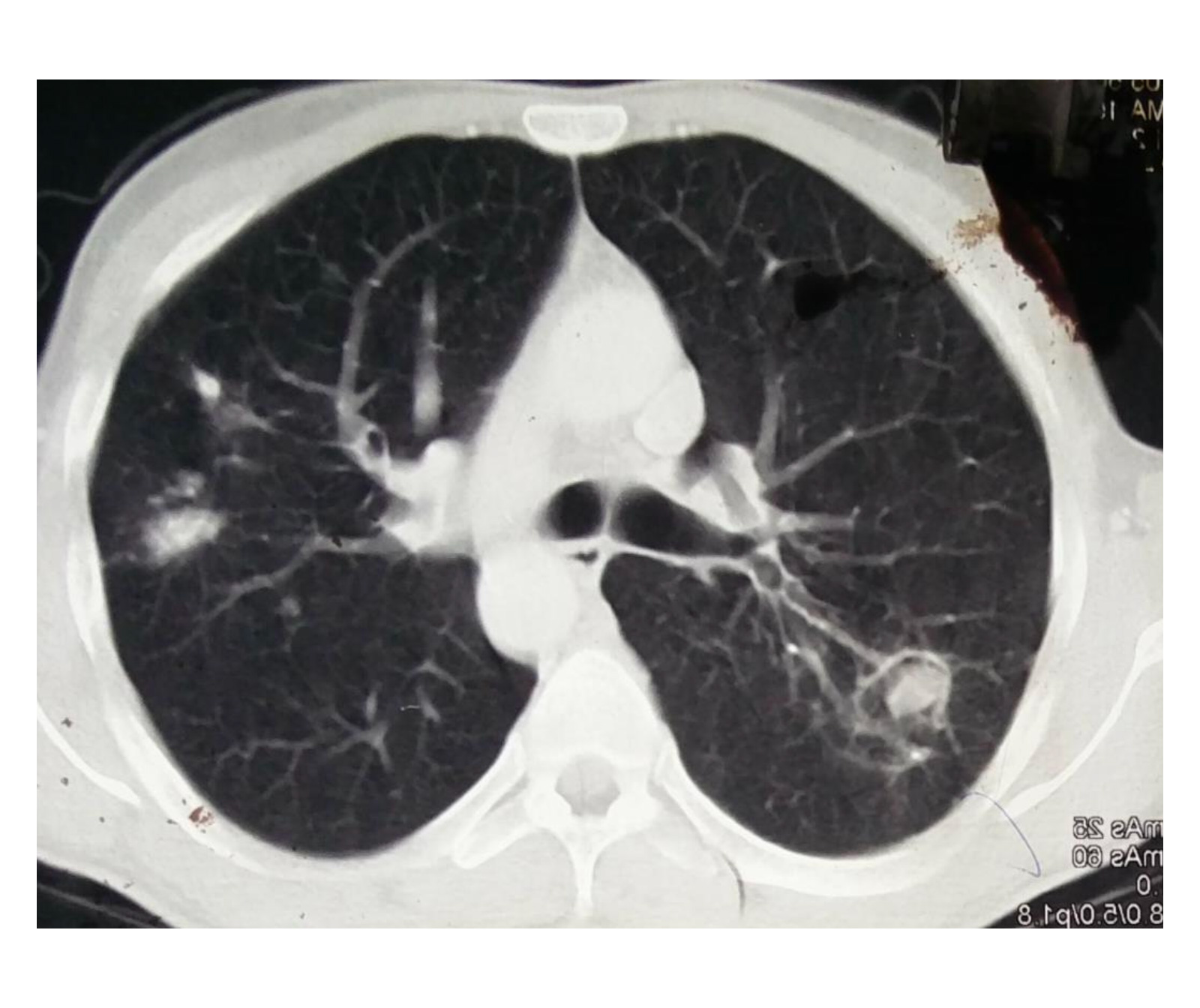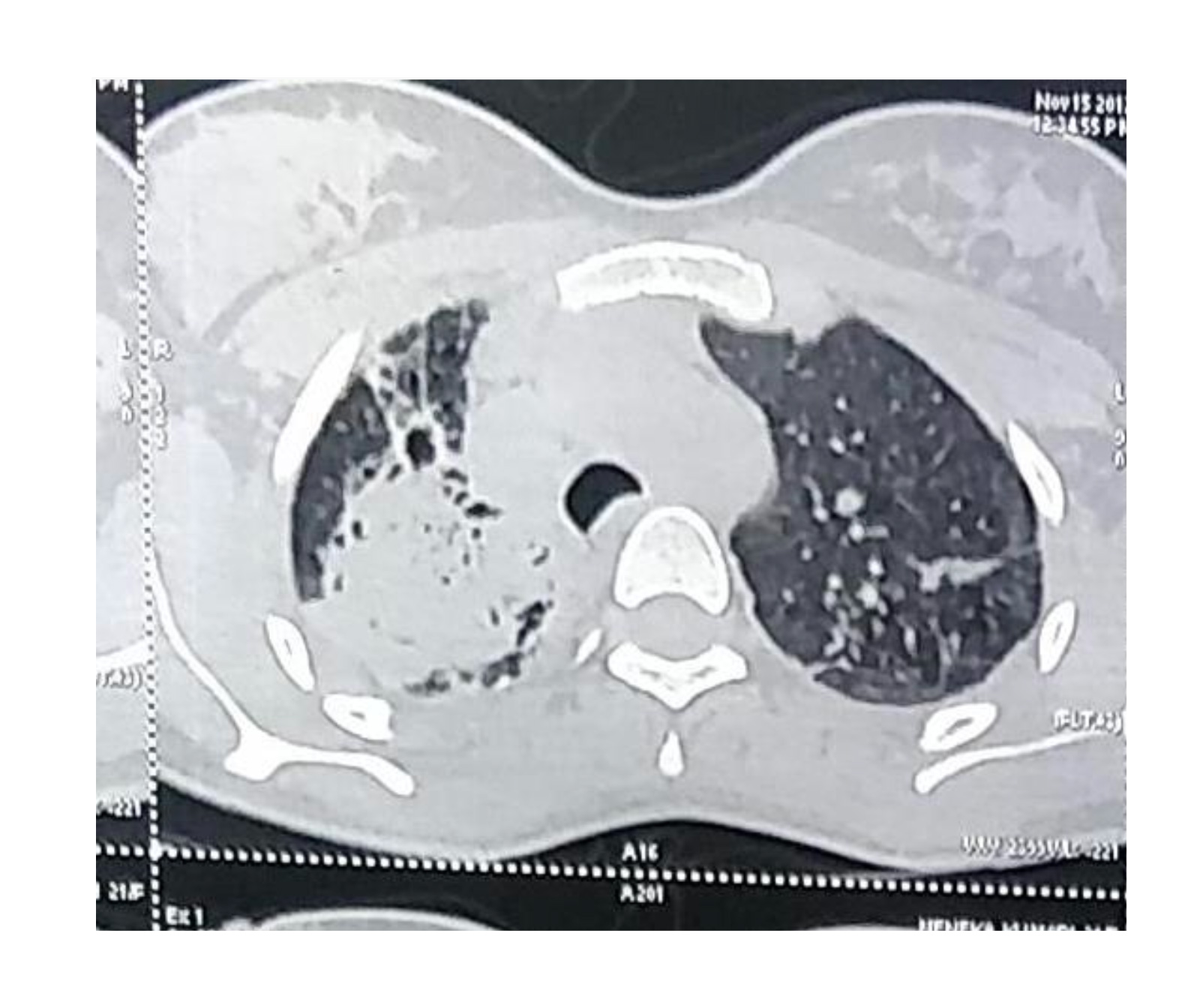National Heart Institute, Holy Family Instititue
Sir Ganga Ram Hospital – Mon, Wed, Fri (8 AM – 10 AM) – F87 OPD Building (12 to 3 PM) at Room 2328
MBBS, MS, Doctorate Thoracic Surgery
Thoracic Surgeon – New Delhi
MBBS, MS, Doctorate Thoracic Surgery
Navigating Aspergilloma Management
Aspergilloma Treatment Delhi - Surgical Solutions and Beyond
Aspergilloma is a condition where fungus balls made up of a fungus called Aspergillus fumigatus form in the lungs.
These fungal balls are non-invasive and usually occur in people with normal immune systems but structurally abnormal lungs, which have pre-existing cavities. Cavities in the lungs can be caused by various conditions like tuberculosis, sarcoidosis, bronchiectasis, bronchogenic cysts, or air-filled cavities caused by infections like pneumocystis or even Covid infections.
Most of the time, Aspergillomas don’t cause any symptoms. However, in some cases, patients may experience coughing up blood due to the formation of new blood vessels and inflammation around the fungus balls. This is called hemoptysis and can range from minor streaks of bleeding to life-threatening amounts. The main danger is that a large amount of blood can flood both lungs, preventing oxygenation and causing a situation similar to drowning.
Dr Pallavi Purwar
Thoracic Surgeon - Holy Family Hospital Delhi
Unraveling Aspergilloma
Understanding Aspergilloma Emergence in the Lungs
Aspergillomas are commonly found in the upper lobes of the lungs, especially after a history of lung tuberculosis, even if it has been successfully treated.
Aspergillomas can rarely occur in the lower lobes as well. On a plain chest X-ray, an Aspergilloma can be seen as a mass within a cavity. The mass is usually round or oval, and the air around it takes on a crescent shape. By changing the patient’s position, the mobility of the mass can be demonstrated.
A CT scan provides a better view of the rounded mass within the cavity and also shows the air crescent sign around the mass. It can also demonstrate the mobility of the mass when the patient is positioned differently, such as lying down or standing up.
Symptoms Of Aspergilloma
Persistant Cough with Blood
This happens because the fungus can irritate the surrounding areas, causing some bleeding.
Shortness of Breath
If you find yourself getting out of breath more easily than usual, especially during simple activities like walking or climbing stairs,
Chest Pain or Discomfort
This happens because the fungal mass and the inflammation around it can affect the nerves in that area.
Wealth of Experience
Treatment of Aspergilloma in Delhi
Knowledge of Aspergilloma management: Deep understanding of the disease (Aspergilloma), including its presentation, diagnostic methods, and treatment options. Dr Pallavi Purwar can assist with informed decisions regarding the surgical approach and provide appropriate preoperative and postoperative care.
Surgical planning and technique: Dr Pallavi Purwar can offer a detailed surgical plan that would involve selecting the most appropriate surgical technique, such as lobectomy, segmentectomy, or wedge resection, to remove the aspergilloma while preserving as much healthy lung tissue as possible.
Postoperative care and follow-up: Comprehensive postoperative care to ensure the patient's optimal recovery including monitoring the post operative progress, managing pain, preventing complications, and providing appropriate follow-up care to assess the effectiveness of the surgical treatment.


Core of Our Practice
Each Patient's Journey is Unique for Aspergilloma Treatment Delhi
At the core of our practice lies the belief that each patient’s journey is unique.
We are committed to understanding your specific needs and expectations, and partnering with you in devising a personalised treatment plan. Your comfort, confidence, and well-being are our utmost priorities.
Understanding Individual Needs: As a Thoracic Surgeon at Holy Family Hospital Delhi, Dr. Pallavi Purwar prioritise understanding each patient's specific needs and expectations to tailor a personalised treatment plan.
Focus on Comfort & Well Being: Our utmost priorities are ensuring our patient's comfort, instilling confidence in their treatment journey, and promoting overall well-being throughout the process.
care that extends beyond the operating room
Aspergilloma Treatment Delhi: Patient-Centered Care
From the initial assessment to ongoing follow-up, our team is your steadfast companion throughout your journey. We understand that dealing with aspergilloma involves not only medical considerations but also emotional support. Our aim is to ensure that you receive comprehensive and compassionate care that addresses both the physical and emotional aspects of your health.
General FAQ
Have any guestion?
An aspergilloma is a mass-like fungus ball that forms in the lungs. It is typically composed of a fungus called Aspergillus fumigatus and is a non-invasive or colonizing form of pulmonary aspergillosis.
Aspergillomas occur in patients with normal immunity but structurally abnormal lungs that have pre-existing cavities. Conditions that can lead to the formation of cavities in the lungs include tuberculosis, sarcoidosis, bronchiectasis, bronchogenic cysts, and air-filled cavities caused by infections like pneumocystis or even Covid infections.
Most aspergillomas are asymptomatic. However, in some cases, patients may experience coughing up blood, known as hemoptysis, due to the formation of new blood vessels and inflammation around the fungus balls. Hemoptysis can range from minor streaks of bleeding to life-threatening amounts.
Aspergillomas can be diagnosed through imaging studies such as chest X-rays and CT scans. On a plain chest X-ray, an aspergilloma appears as a mass within a cavity, with the air around it taking on a crescent shape. CT scans provide a more detailed view of the mass within the cavity and can demonstrate the air crescent sign.
The treatment of aspergilloma depends on various factors, including the patient's overall health, lung function, and the extent and location of the aspergilloma. Treatment options may include antifungal medications, minimally invasive procedures, or surgical intervention to remove the aspergilloma.
Surgical treatment is typically considered when the aspergilloma causes significant symptoms such as severe hemoptysis or when it poses a risk to the patient's life due to the potential for massive bleeding. Surgical intervention aims to remove the aspergilloma and preserve as much healthy lung tissue as possible.
The prognosis for aspergilloma varies depending on several factors, including the patient's overall health, the extent of lung damage, and the success of the chosen treatment approach. With appropriate treatment and management, many patients can experience relief from symptoms and improved quality of life.
